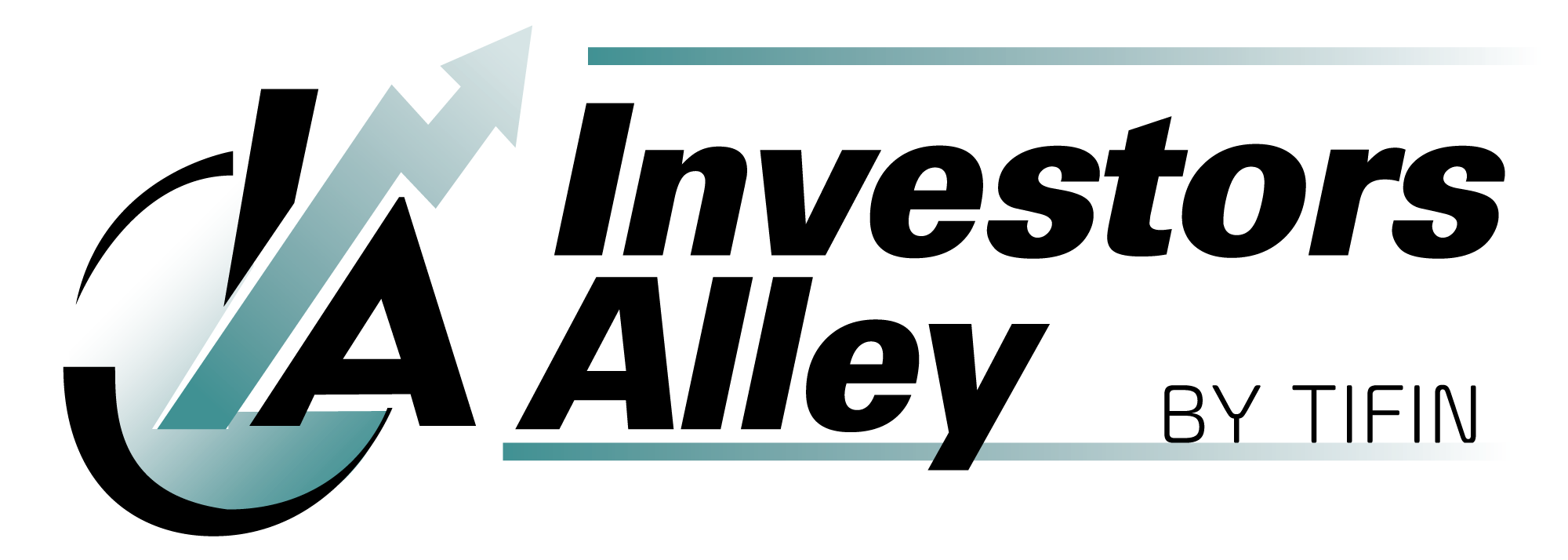Investing in dividend paying stocks is a sure fire way of creating long-term wealth. Money will keep coming in every quarter and eventually your money will start growing exponentially due to compounding interest. Tim Plaehn is an expert at using dividends to achieve this and he wants to show you everything he’s learned.
Note: any dates, companies, or tickers mentioned here are for example purposes only.
As the writer/editor of a couple of dividend focused newsletters, I probably get the highest number of questions about stocks going ex-dividend. For as much as investors own and want to own high-yield stocks, the mechanics of ex-dividend, record, and payment dates are often not well understood. I will cover this and also some smart tactics as you accumulate a portfolio of high-yield stocks.
The Basics – Dividend Dates
When a company declares a dividend, the announcement will include the amount of the dividend, a record date, and the payment date. As an example, TCP Capital Corp (TCPC) recently announced its next dividend payment this way:
“On May 7, 2015, our board of directors declared a second quarter dividend of $0.36 per share payable on June 30, 2015 to shareholders of record as of June 16, 2015.”
A point to understand: future dividends are not guaranteed, and you cannot be assured of earning a dividend until the official announcement as shown above. Most companies make quarterly announcements, and any changes to the dividend amount will hit the news at that time.
Back to the other dates.
The payment date is the day (or possibly the next day) that the dividend amount will show up in the cash balance of your brokerage account. That is the “payable on” date in the example above. To earn and receive the dividend, you must be an officially recognized owner of the shares on the record date or be a “shareholder of record”. The record date leads to the ex-dividend date. To own shares on the record date, your share purchase must have finalized or “settled” by that day. The U.S. stock market settlement process takes two business days. If you buy shares today, you buy at today’s share price but your purchase does not become official, or settled, until two business days from now. An investor who buys shares one business day or later before the record date will not be a share owner of record and will not receive the dividend. Thus, a stock goes “ex-dividend” one business day before the record date. In the case of the TCPC dividend announcement, the record date of June 15th is on a Monday, so the ex-dividend date was the preceding Thursday, June 11th.
The time span between a dividend announcement and the payment date can range from as short as a few days out to as long as two months. Each company sets its own policy concerning dividend dates. Some companies announce dividends along with quarterly earnings reports and others make dividend news only announcements between the earnings dates.
To recap: If you buy shares up to two days before the record date, you will be a shareholder of record and receive the dividend. In other words, up to the day before the ex-dividend date. Buy on the ex-dividend date or later and you will not earn the upcoming dividend payment. You will get future dividend payments for as long as you continue to own the shares, but not the just-announced dividend.
Buyers on the ex-dividend date are not entitled to the upcoming dividend, so the share price will open trading at the previous day’s closing price minus the dividend amount. For example, If TCPC closes at $16.30 two days before the ex-dividend date, to start the next day –ex-dividend day– the shares will open trading at $15.94, the previous close minus the $0.36 dividend. Most stock quote services would show $15.96 as an unchanged from the previous day’s price. If TCPC was at $16.00, the quote would show up 4 cents for the day. If you invest in high-yield stocks, you get big dividends and the ex-dividend price drop can be notable. This is natural and you should not worry when the share price is lower on the ex-dividend date. In a reasonable world, the share price would recover the dividend amount over the next three months up to the day before the next ex-dividend date. Of course, we all know that share prices fluctuate for a variety of reasons, most of which boil down to how many investors want to buy vs. the number looking to sell a particular stock.
Smart Dividend Investing – Playing the Share Price Swing Game
When the investing public becomes aware of a dividend announcement, the thought process goes something like this: “Hey, TCPC goes ex-dividend on June 11th. I need to buy shares before that day to get the dividend!” A lot of investors think this way, so there is significant buying pressure in the week before the ex-dividend date, and often that buying interest will drive up the share price. There are also traders attempting to “dividend capture”, buying before a stock goes ex-dividend and then selling shortly after becoming an owner of record on the record date. These traders add to the upward pressure on the share price leading up to the ex-dividend date.
After a stock goes ex-dividend, or sometimes after the payment date, interest in the high-yield stock will drop. Lower investor interest means fewer buyers in relation to sellers. The hapless dividend capture crowd also wants to get out of their shares, increasing the sellers vs. buyers imbalance. As a result high-yield share prices have a tendency to decline in the two to six weeks after an ex-dividend and dividend payment dates.
I recommend to my subscribers to The Dividend Hunter, a high yield buy-and-hold focused newsletter, that they practice patience. Don’t rush in to buy before a stock goes ex-dividend. Wait a few weeks and you can usually pick up shares at a lower price. The shares will automatically drop by the dividend amount and you can often pick up shares a couple percent lower than the ex-dividend day share price. This provides a lower average share price and you will earn all of the future dividend payments. If you want to accumulate shares, plan to buy every quarter during the two to four weeks after the ex-dividend date. In many if not most quarters, you will be able to buy at lower share prices, increasing the number of shares owned for the same dollar investment and increasing your future dividend cash stream.






